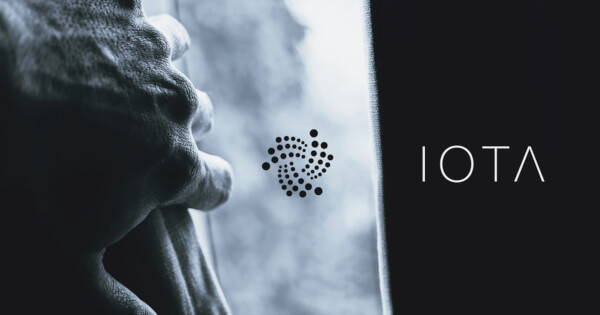ARTICLE AD BOX
Lawrence Jengar Nov 18, 2024 14:18
The IOTA Foundation unveils plans to rebase its Layer 1 protocol, aiming for full decentralization and enhanced programmability. This proposal will be subject to a community governance vote.

Introduction of IOTA Rebased
The IOTA Foundation is spearheading a transformative proposal to rebase its Layer 1 protocol, marking a significant shift toward full decentralization and enhanced programmability. This initiative, dubbed "IOTA Rebased," aims to fast-track the deployment of a new mainnet, potentially surpassing the current IOTA 2.0 roadmap in terms of speed and efficiency, according to the [IOTA Foundation Blog](https://blog.iota.org/iota-rebased-fast-forward/).
Key Features of the Proposal
IOTA Rebased introduces several key advancements, including support for the Move Virtual Machine (MoveVM) and Ethereum Virtual Machine (EVM), scalability exceeding 50,000 transactions per second (TPS), and the introduction of staking for IOTA tokens. This proposal will undergo a community governance vote, determining whether to proceed with this innovative protocol or maintain the existing network. The IOTA Foundation, known for its commitment to sustainable and energy-efficient blockchain solutions, envisions this rebase as a means to accelerate the adoption of IOTA by industries and developers. The proposed shift will enable the network to handle complex smart contracts directly on its Layer 1, enhancing utility and attracting more users and developers.
Historical Context and Vision
Founded nearly nine years ago, IOTA has consistently pursued a vision of creating a decentralized, miner-free blockchain infrastructure. The IOTA Foundation, a German non-profit, has played a pivotal role in advancing this vision, establishing itself as a credible partner for governments and institutions globally. The foundation's efforts have led to the development of various use cases across industries such as mobility, trade, logistics, energy, and finance. These initiatives, initially launched as pilot projects, have matured into robust ecosystems poised to facilitate millions of transactions on the IOTA mainnet.
Decentralization and Smart Contracts
The path to decentralization for IOTA involved the removal of the Coordinator node, a central entity previously responsible for transaction validation. This was achieved in 2023 through the Stardust protocol upgrade, which replaced the Coordinator with a distributed validator committee. Despite achieving full decentralization with IOTA 2.0, the foundation recognizes the necessity for Layer 1 smart contracts to fully realize the network's potential. The integration of EVM-based smart contracts was successfully completed in May 2024, enabling IOTA to compete in the Web3 space.
Future Prospects with IOTA Rebased
IOTA Rebased promises to deliver a more scalable and programmable network, leveraging nearly a decade of experience in blockchain technology. By adopting the best available solutions, including the MoveVM, IOTA aims to leapfrog existing limitations and enhance its competitive edge. The proposal includes potential applications such as tokenizing the value chain in trade finance, creating decentralized exchanges, and introducing native stablecoins on the network. Additionally, staking will be introduced, offering Liquid Staking Tokens (LSTs) to further fuel ecosystem growth.
Governance and Community Involvement
The IOTA community and token holders are invited to participate in a governance vote, scheduled to go live on December 2nd. The vote will decide whether to approve the protocol upgrade or continue with the current development path. Should the community approve the rebase, the new protocol could be launched on the mainnet following a testnet phase, security audits, and exchange integrations. This strategic shift is expected to position IOTA as a leading infrastructure in the digital economy, offering enhanced utility and programmability to meet industry demands. In conclusion, IOTA Rebased represents a significant opportunity for the network to advance its technological capabilities and expand its ecosystem. The upcoming governance vote will be crucial in determining the future trajectory of IOTA.Image source: Shutterstock








 English (US) ·
English (US) ·